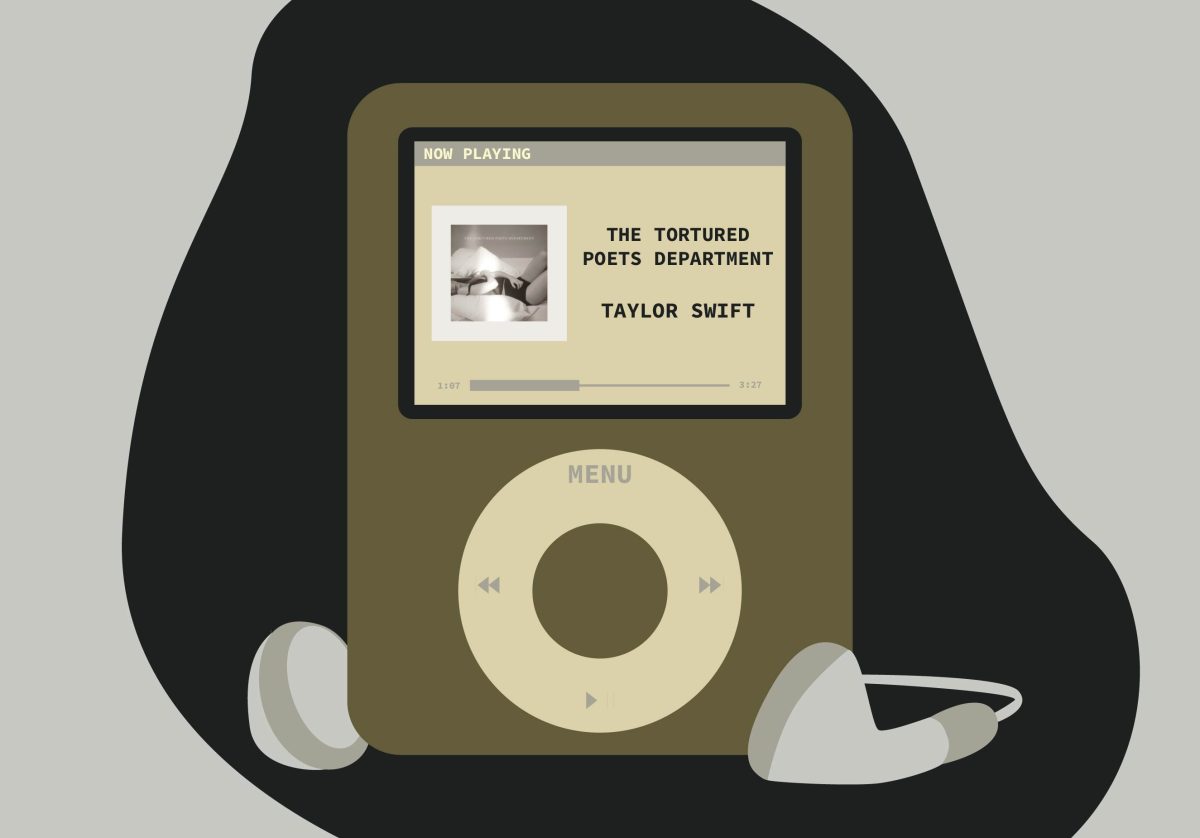F
rom “The Wizard of Oz” and Kermit the Frog to Lucky Charms, rainbows have been fascinating for generations.
“Seeing Color: Color Across the Collections,” the new exhibit in the Goldstein Museum of Design, looks at color in numerous facets, from bright red all the way across the spectrum to deep violet.
Many countries and epochs are represented in “Seeing Color,” with Indian saris and Japanese kimonos displayed next to 19th century gowns and 1960s frocks.
The clothing pieces in “Seeing Color” are arranged in the order of the color spectrum, with one exception. The first piece, a black velvet dress and cloak by Isaac Mizrahi, is somewhat apart from the rest of the exhibit. The pure black background is decorated with thousands of colorful beads in straight lines and wavy patterns. The attention to detail is amazing. The colors in the beads complement each other without pulling back into the shadows; they alternately fight for attention and generously cede the spotlight.
At the center of the exhibit is a collection of 25 color-coordinated hats and shoes. Arrayed around a circular stand, they’re also arranged in proper rainbow order.
Each hat sits on a white mannequin head, and the shoes rest in front of the hatted head. The hats are feathered, velvety, flowered and furry. The shoes are everything from low, chunky-heeled creations to strappy summer sandals, and there are stiletto heels that could easily puncture fragile egos.
There are silk pajamas, flowing gowns, smartly-tailored hats and coats made of silk, chiffon, linen and cotton.
There’s a huge purple taffeta dress from the U.S., circa 1870, and all that’s needed to complete the look is a stout opera singer. The dress has a buttoned bodice with bows on the cuffs, and fringe resembling pillow tassels circles the middle of the skirt.
Bright, richly-colored clothes are all fine and dandy, but basic black can’t be ignored, either. A vinyl dress from the 1960s has a pure black top, but the rest of the dress is a different story with its black-and-white geometric pattern that dizzyingly swirls and swoops all around.
While “Seeing Color” is composed primarily of female fashions, the male sector is not completely ignored. Forget guys in pink; real men wear beads.
A suit by Gianni Versace is the epitome of fashionable menswear. At first glance, it’s just an ordinary black tuxedo. A second look at the jacket reveals the intricate beading on the shoulders that trickles down near the elbows. Underneath the tuxedo jacket is a white silk shirt with a black collar, and the top button looks like a huge rhinestone with black trim. The glittery beads create a unique look for a piece of masculine couture.
College campuses are noted for their many entry points to culture, whether that means music, painting and sculpture, film, dance or theater. “Seeing Color” reminds us that what we wear and how we wear it is also an integral part of our cultural life.















